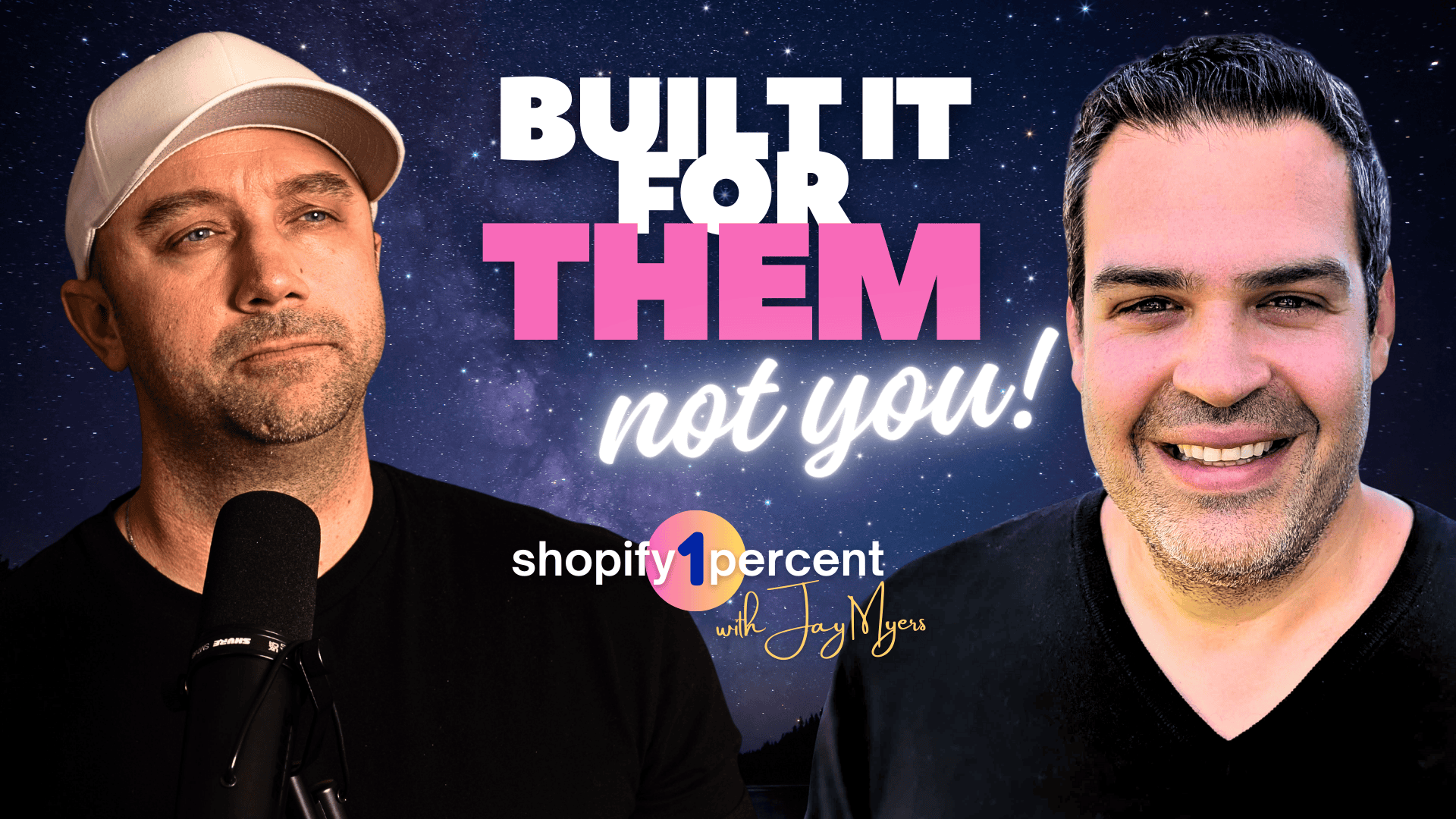What's the highest converting Shopify website, or landing page?

What Do You Want? A Pretty Shopify Site… or a Profitable One?
I recently sat down with Rafael Romis, founder of Weberous and author of The Anatomy of a Perfect Website. He’s worked with Shopify brands like Disney, Amazon, Jeffree Star, and Ryan’s World. In other words, he’s seen it all — the good, the bad, and the “why-does-your-dentist-site-have-fish-swimming-across-the-homepage?” kind of ugly.
Our conversation was packed with insights for Shopify merchants who want more than compliments about how “cool” their site looks. They want conversions. They want profit. And yes, they want fewer headaches from unnecessary redesigns.
Why is pretty design not enough for a Shopify website?
Because customers don’t come to your site for an art exhibit. They come to buy. Pretty animations and flashy layouts might win a design award, but they often tank conversions. In fact, research shows 94% of first impressions are design-related — but those impressions are tied to clarity and trust, not how many parallax scrolls you can fit on one page.
If your Shopify site prioritizes looking cool over guiding people to checkout, you’re bleeding revenue. Design for your customer, not your ego.
How do Shopify websites actually build trust?
Trust isn’t built with a giant “As Seen On” banner covering half your homepage. It’s built quietly, everywhere on your site.
Here are simple trust-builders that work:
-
Keep product pages clean and consistent
-
Use navigation that’s intuitive (if grandma can’t find “Add to Cart,” you’re in trouble)
-
Make offers work automatically, without hidden coupon codes
-
Be transparent with shipping, returns, and guarantees
The Baymard Institute found 17% of shoppers abandon carts because checkout is too complicated. Translation: every confusing step is costing you sales.
Should I redesign my Shopify store or refine it?
Refine, don’t redesign. Most merchants want a shiny new site every 2–3 years because they are bored of it. Your customers aren’t bored. They just want an easy checkout.
The danger of a full redesign? You lose track of what actually worked. Maybe your new product pages boosted conversions 20%, but your new navigation dropped them 10%. Net +10% sounds nice, but you’ll never know which change drove it.
Small, continuous improvements are smarter. A 1% improvement every day compounds to 37X better results in a year. Shopify success is built in refinements, not big reveals.
Why are Shopify collection pages so important for SEO?
Collection pages often outrank product pages because they align with buyer intent. If someone searches “white shorts,” they don’t want a single product — they want to browse.
With 68% of online experiences starting on a search engine, optimizing collections is critical. Most Shopify merchants ignore them, which is a mistake. Add copy, images, and filters to your collections, and you’ll:
-
Capture higher-intent search traffic
-
Keep shoppers on your site longer (a Google ranking signal)
-
Increase the odds they’ll actually buy
What really creates loyalty for Shopify customers?
Spoiler: it’s not points programs. Points are math, not loyalty. Buy 10 coffees, get 1 free doesn’t make me loyal — it makes me a calculator.
True loyalty comes from surprise and delight. Chewy is famous for sending flowers to customers who lose a pet. That single unexpected gesture creates lifelong customers.
Shopify merchants can do this too:
-
Add an extra product to a subscription box with a note that says, “This one’s for a friend.”
-
Throw in a surprise freebie at checkout.
-
Send a handwritten thank-you note once in a while.
According to Harvard Business Review, emotionally connected customers are 52% more valuable than highly satisfied ones. Surprise builds emotion. Points don’t.
What are the most common mistakes Shopify merchants make with their websites?
Rafael sees the same errors over and over:
-
Designing for themselves instead of their customers
-
Treating their website like a finished art project instead of an ongoing experiment
-
Neglecting product and collection pages in favor of flashy homepages
-
Creating friction with offers that don’t work as advertised
The fix? Keep your customer in mind at every step, test small changes often, and don’t let “pretty” get in the way of profit.
Final Takeaway
If you’re running a Shopify store, stop obsessing over whether your homepage slider looks cooler than your competitor’s. Pretty is nice, but profitable is better. Build trust in small, consistent ways. Refine instead of redesign. Optimize those forgotten collection pages. And give customers surprises worth talking about.
Purpose beats pretty. Every time.










